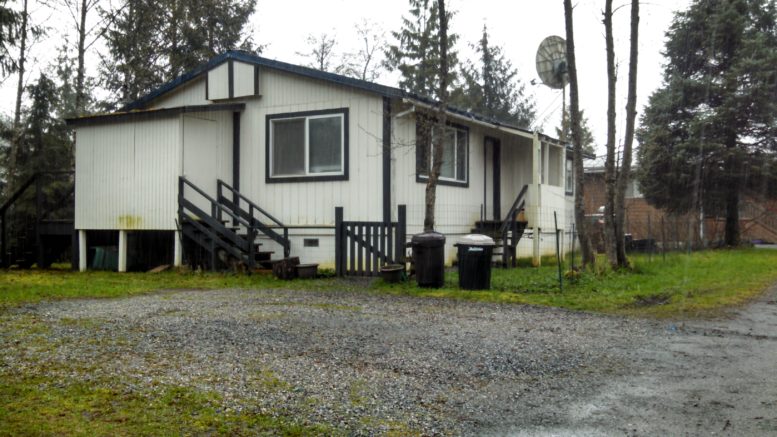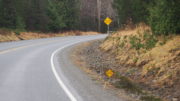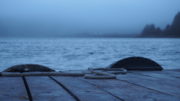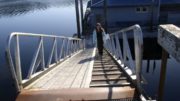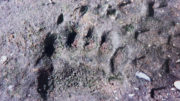Have you ever wondered how teachers find housing in remote Alaska? Many outlying communities are tiny and have limited housing options. I’ve known teachers with families who lived on boats, at the school, and in campers waiting for housing to come available—a few lived in temporary conditions for weeks, months, and even years.
Some school districts provide furnished housing and deduct rent from paychecks as part of the teacher contract. Larger communities seldom have teacher housing, even in remote locations. In these areas, teachers probably use social media to find accommodations. Before the internet, we secured housing by calling the local church and asking for help finding a place to live.
We lived in a newly remodeled duplex when we worked for the Aleutians East Borough School District—from 1995-97. The two 700-square-foot furnished units shared a storage and laundry room. District-owned housing is necessary for many communities because there would be no housing available for teachers.
Southeast Island School District on Prince of Wales Island owned three newer manufactured homes and a bunch of trailers of varying conditions when we arrived in 1999. We were fortunate to be assigned to the best unit in the entire school district—an 800-square-foot low-end modular with a tiny yard. It wasn’t grand by any means, but we appreciated it. We lived in this house for seventeen years and were the only teachers to stay more than a few years in one location in that district during our time.
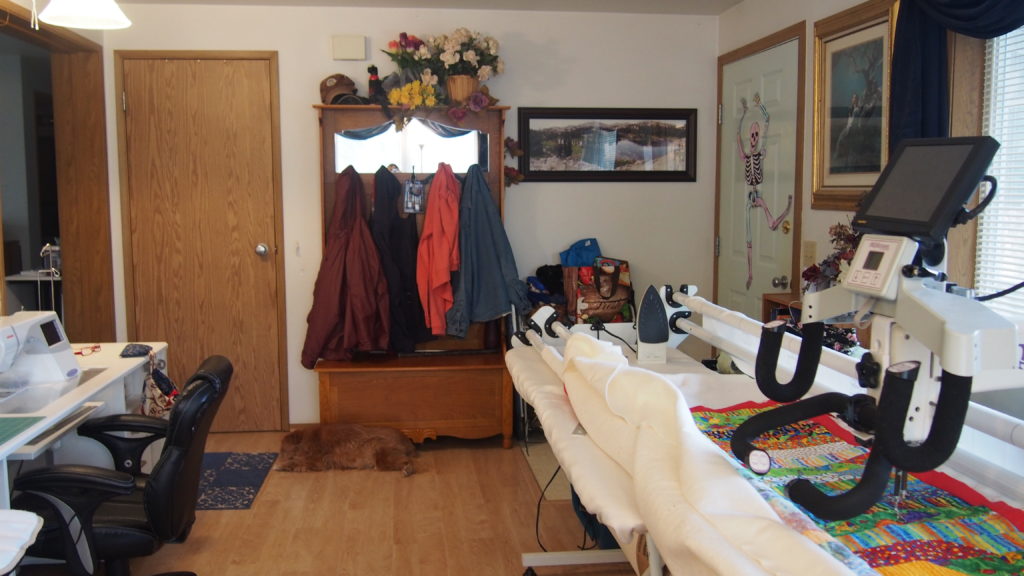
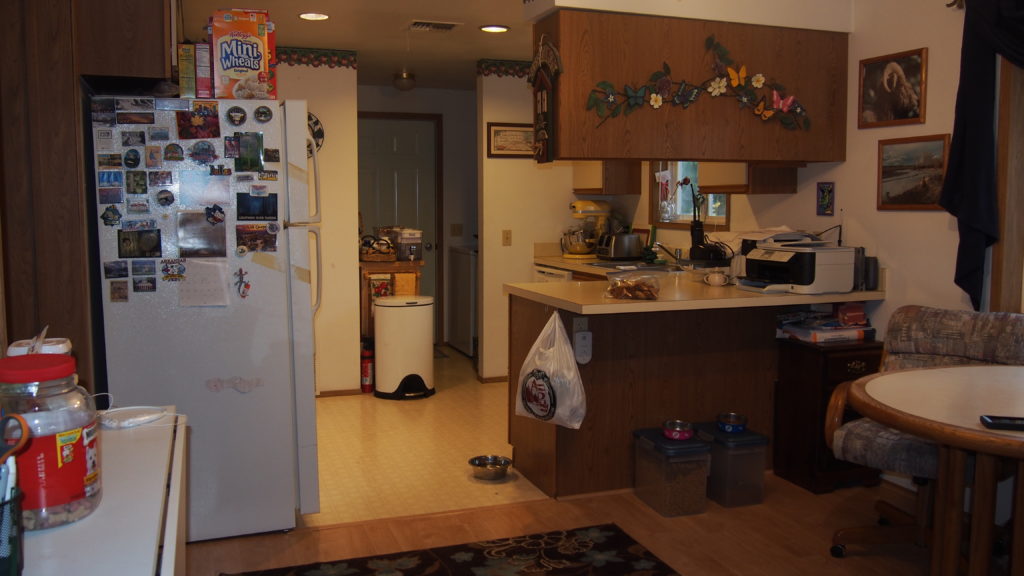
Now, for the rest of the story.
School district administrators did not enjoy being in the housing business. Owning houses forced them to become landlords when they were really in the business of education. Teachers bickered over the following issues with district-owned housing:
- Who should live in the best housing unit?
- Should administrators be allowed to live in teacher housing?
- Which units should receive repairs first? Almost all housing units needed some repair. The district could not make every repair promptly. Should tenure be considered? Family needs? Personal issues such as allergies to carpet or woodstoves?
- Which units should receive upgrades first if there aren’t enough funds to upgrade them all? Flooring, fireplaces, new paint, new appliances, new windows, power washing, fences, wanagans (storage areas attached to the unit), etc.
- How does the district compensate a teaching couple if housing is free as part of the teacher contract? Two units? Additional pay? Nothing because both teachers live in the unit for free?
- Is it teacher housing or district housing? It matters because if the units are district housing, conceivably, a classroom aide, food service worker, maintenance person, or administrator could live in a unit, displacing a teacher.
- When the district provided housing at no cost as part of the contract, teachers fought over the best units. Then the contract changed, giving all teachers $400 per month for a housing allowance in lieu of a pay raise. Teachers could buy a house or pay the district rent based on the condition of their housing units. Many teachers chose to stay in the rundown housing with cheap rent and used the difference to pay their utilities.
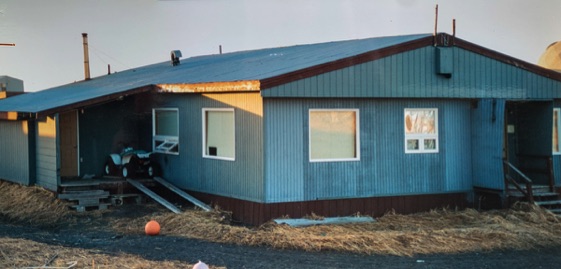
When we lived in the Aleutians, the larger community teachers in Sand Point and King Cove had no district-owned housing options. They resented the $300 rent paid by teachers in bush communities of False Pass, Akutan, Cold Bay, and Nelson Lagoon. Teacher housing became a major issue in the contract negotiations around 1997. As a result, the contractual rent rose considerably in the bush communities.
The Sand Point and King Cove teachers didn’t consider that the lower rent helped compensate for the smaller sites’ additional living expenses and inconveniences. They only thought about how much they paid in rent compared to the bush teachers. They didn’t understand the cost of living in the bush because they had never lived there. Nelson Lagoon had access to nothing on-site.
So there you have it. A glimpse into the housing issues we faced in remote Alaska from 1995-2016. Things may be different today in these locations.
Check out my award-winning, best-selling memoir (Amazon affiliate link), The Call of the Last Frontier, to learn more about our life in remote Alaska. To read more about Alaska housing, check out Unforgettable Alaska Housing Options and Alaska Float Houses on Alaska Bush Life
